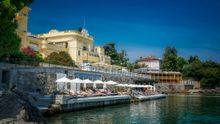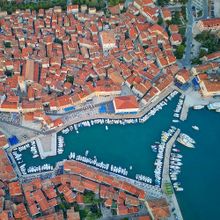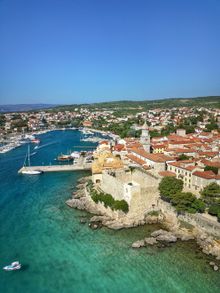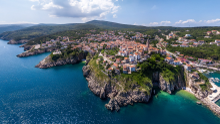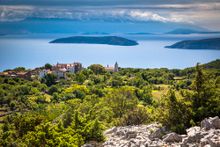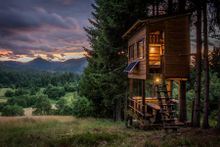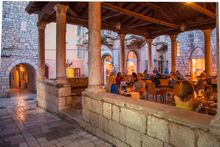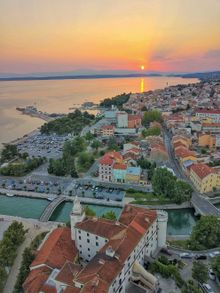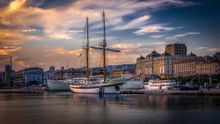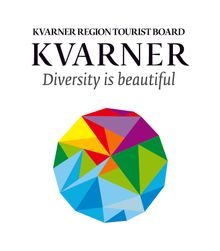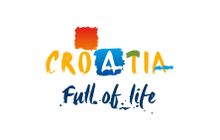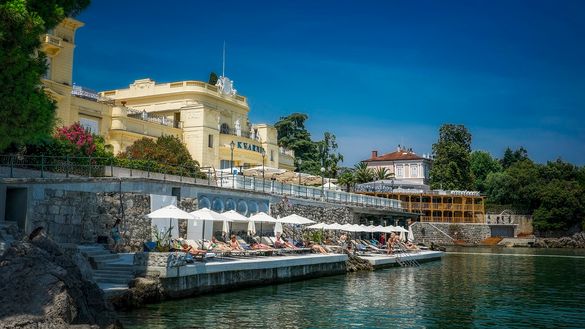 27 Apr 2021
27 Apr 2021
Tags: Kvarner Region, Islands, Coast, Gorski kotar, Kvarner Gourmet, Kvarner Food, Kvarner Outdoor

The name Kvarner comes from the ancient Romans, who are believed to have described and named this area Qua(te)rnarius, referring to a meeting of the four cardinal points, a meeting of all the parts of the world, and a meeting of different traditions and cultures.
Why 'diversity is beautiful'?
Kvarner, as the cradle of Croatian tourism and today one of the TOP 3 tourist regions in Croatia, has a unique combination of coast, islands and mountains.
The coast consists of the Opatija Riviera, Rijeka and its surroundings, and the Crikvenica-Vinodol Riviera.
There are four large islands (Krk, Cres, Lošinj and Rab) surrounded by numerous smaller ones.
Gorski Kotar, a mountainous area located on the border of two large European mountain ranges – where the Alps end and the Dinarides begin – is the link between continental and Mediterranean Croatia.
Many members of royalty, artists and the rich and famous used to come to Kvarner to rest and enjoy the benefit of the area's climate and ambience. Kvarner is only a few hours' drive from major European cities such as Vienna, Munich, Milan, Budapest, Ljubljana, and Venice.
The Kvarner region has a lot to offer in a relatively small area, which makes it the perfect combination:
A long tradition in tourism – Kvarner is the cradle of Croatian tourism. It all started with the construction of the Villa Angiolina in Opatija back in 1844. After that, a professional medical team scientifically established the benefits of climatotherapy and thalassotherapy in Opatija, which then became the first health resort on the Adriatic coast by means of an imperial decree in 1889, followed by the island of Lošinj in 1892 and the Crikvenica Riviera in 1906.
The Kvarner effect – or simply Kvarner aromatherapy in the open air. The bura – a dry, cold wind that brings cold and fresher weather – is the catalyst for the healing process known as the Kvarner effect. This wind is driven by the sea, the waves lap against the shore, the finest particles of sea salt, trace elements and minerals fly through the air and reach the deepest regions of the pulmonary alveoli. You're at the centre of this whole process as you breathe deeply and enjoy the beneficial Kvarner effect.
Kvarner Gourmet & Food – Kvarner has always been a region of first-class gastronomy and excellent wines, a favourite destination for gourmets. Indeed, gastronomy has always been one of the trademarks of the Kvarner region. Looking for a recommendation because you don't know what to choose? In Kvarner, you'll find Michelin stars and recommendations, Gault & Millau toques, Falstaff and other recommendations, as well as the regional 'Kvarner Gourmet' and 'Kvarner Food' quality labels, which will direct you to the offer, quality and creativity of the region's chefs.
Kvarner Outdoor – from marked walking, hiking, themed and educational trails of a total length of more than 3,000 km to various bike trails and much more. In Kvarner, you can enjoy diving, wakeboarding, parachuting or hang-gliding, ziplining, free climbing, surfing, tuna fishing, observing wild animals, dolphins and griffon vultures, rafting, canoeing, kayaking or fishing in lakes. For motorsport fans, there's the circuit at Grobnik Automotodrom.
Protected natural heritage – Kvarner as a region boasts more than 30 protected areas in a relatively small area. This is a great place for animal lovers because only here you can observe the two endangered species for which Kvarner is one of the last refuges – the griffon vulture and bottlenose dolphin. In addition, thanks to the preservation and protection of its environment, Kvarner is home to the three large European carnivores: the bear, wolf and lynx.
For more information, please visit:
Photo: Arsen Miletić, Vladimir Franolić, Luka Tabako, Frank Heuer, Alen Leš

